Personal Water crafts have been around since the 1960s starting with Bombardier but quickly brought to popular market by Kawasaki Jet Ski. If you want to learn to ride a PWC, read the following steps.
Steps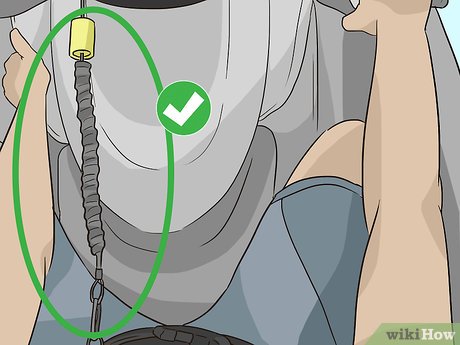
1Securely attach the PWC lanyard to your life jacket which has to be approved by the Coast Guard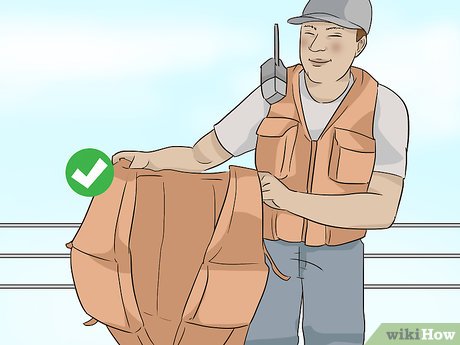
2Insist that all operators and passengers wear Coast Guard-approved life jackets at all times.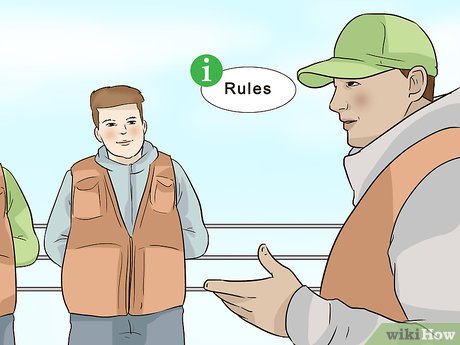
3Insist that all operators know and observe the navigation rules of the state.
4Observe the age-limit rules for all operators to be at least 16 years old.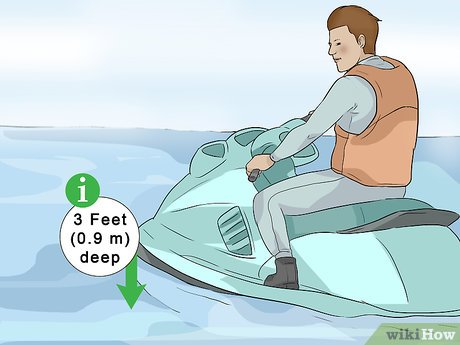
5Make sure that there is nothing in the water that could clog the water intake grate and that the PWC is started or ran in water AT LEAST 3 feet (0.9 m) deep. PWC engines can suck rocks and debris from the bottom in shallow waters resulting in a damaged or clogged impeller. Never operate a PWC in shallow water.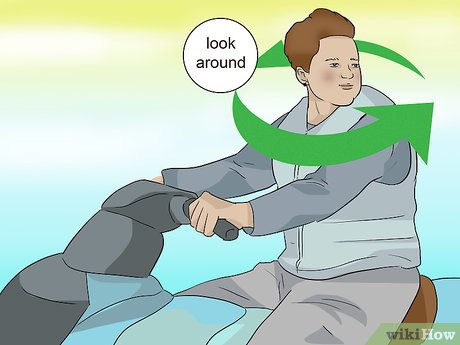
6Like any other boat, look around before starting and slowly leave the dock.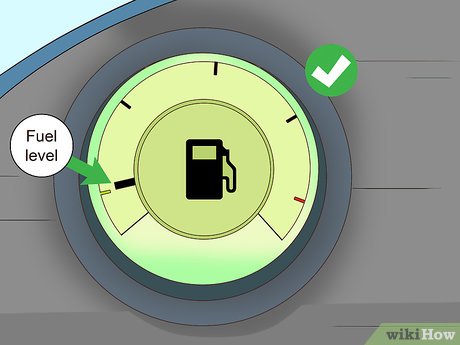
7Observe and pay attention to your PWC’s fuel level.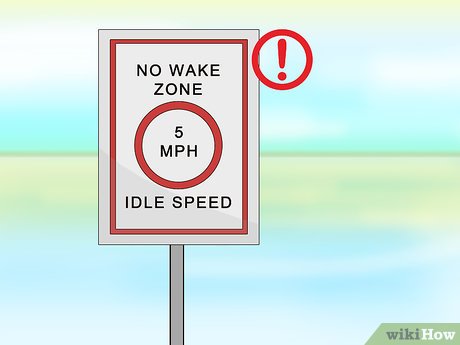
8Idle in residential coves and slow-no-wake zones and do not exceed 5 mph (8.0 km/h).
9Pay attention to changing weather conditions, such as thunderstorms that produce lightning, hailstorms, or winds that can produce huge waves and choppy waters.
10Pay attention to submerged rocks, obstacles or hazards as well as currents and tide levels.
11Know the rules. All boats which are underway and up on-plane are required to be AT LEAST 100 feet (30.5 m) from other boats and AT LEAST 150 feet (45.7 m) from shore or docks. The same rules apply to PWCs.
12Pay attention to your surroundings and be polite and courteous to other boats, giving them a wide operating gap to navigate. Boats generally travel in a consistent linear pattern whereas PWC operators often ride in impulsive, erratic “freestyle” patterns of S curves, circles and figure eights, which substantially increase the potential for collision with a boat and may run afoul of the “rules of the road”.Spatial disorientation and inattention can quickly result by being lost in the moment but increase the risk of being hit by another boat after having quickly but unwittingly maneuvered the PWC directly into the path of another boat’s immediate strike zone. Freestyle riding that includes radical maneuvers, high-speed spins, carves, jumps and tricks should be performed in a non-residential cove or remote area of the lake that is not subject to frequent boat traffic.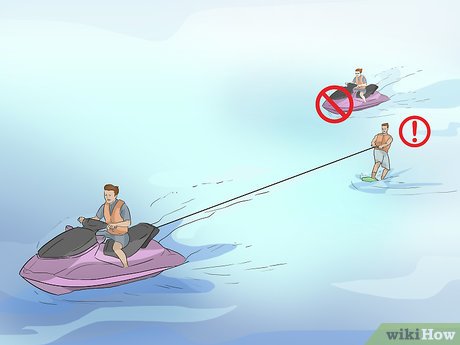
13Do not jump the wake of another boat or linger behind a boat similar to as if the boat was pulling a water skier.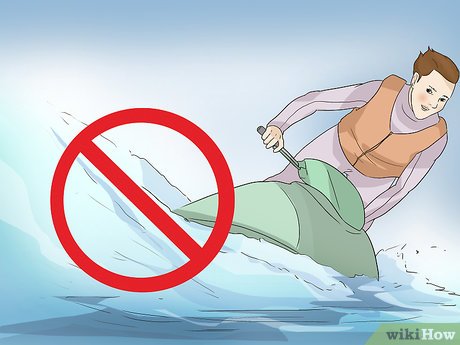
14Do not spray other boats or docks with water while underway.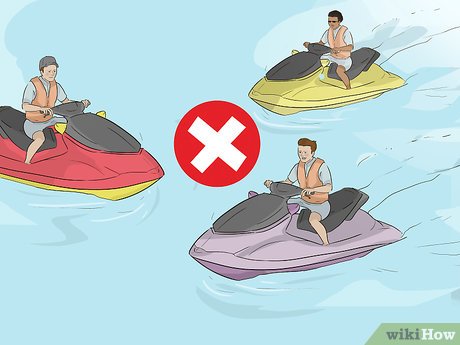
15Do not weave through congested boat traffic.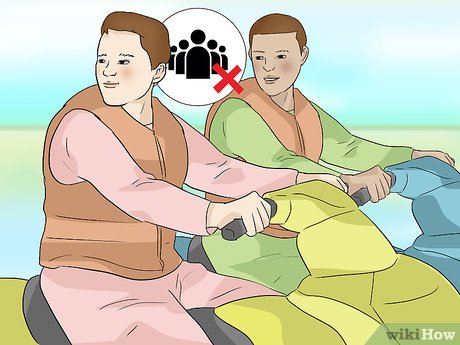
16When traveling with other PWCs, consolidate together as a small operating unit when navigating congested traffic with the intent of staying clear of other boats as a pack.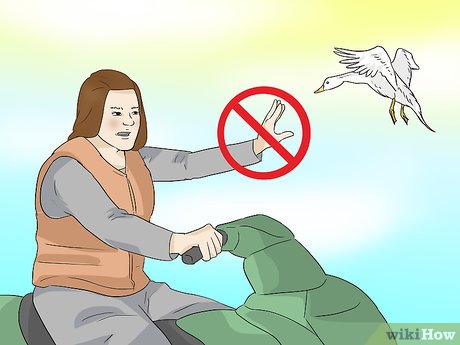
17Do not harass or antagonize wildlife, such as duck or marine animals.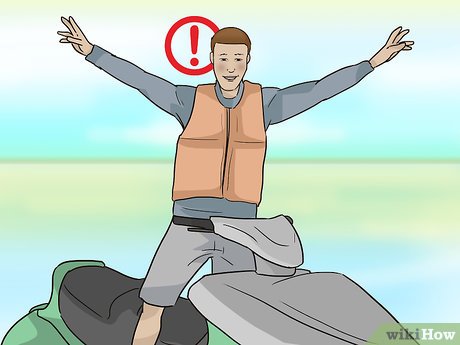
18Be conscientious about how other users are using the reservoir, lake or park. Many other people came to the same place for peace and quiet. If it appears that PWC usage is infringing upon the rights of others to have solace, then ride to areas away from other people where no one will be disrupted. Being a public nuisance puts the entire sport at risk for everyone to face PWC bans and heighten restrictions.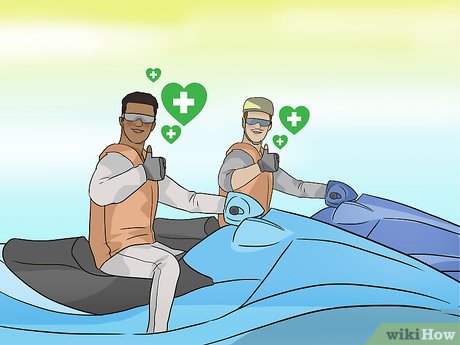
19Be polite to other boaters: everyone has the right to be on the water together. Respect begets respect.








